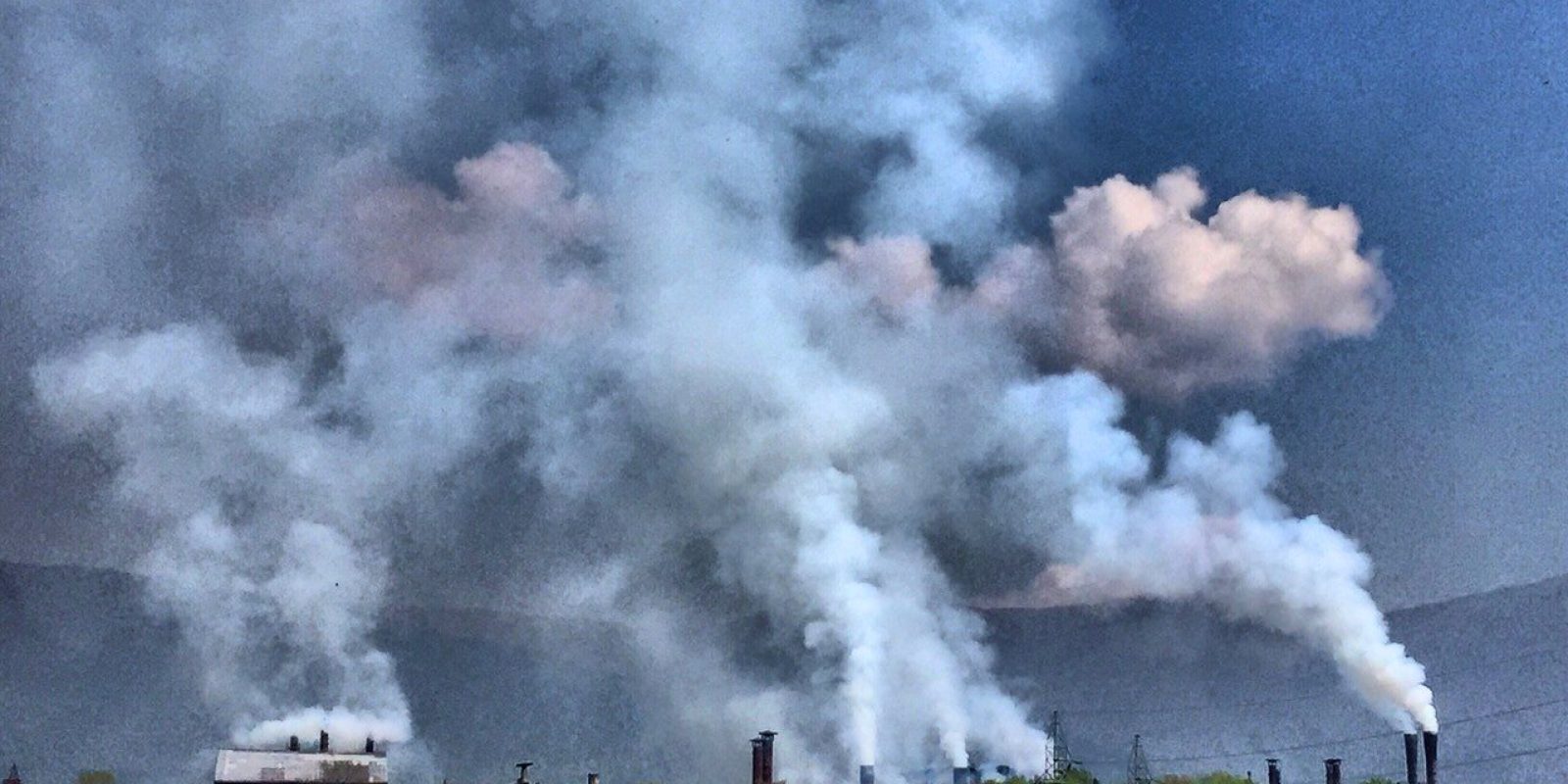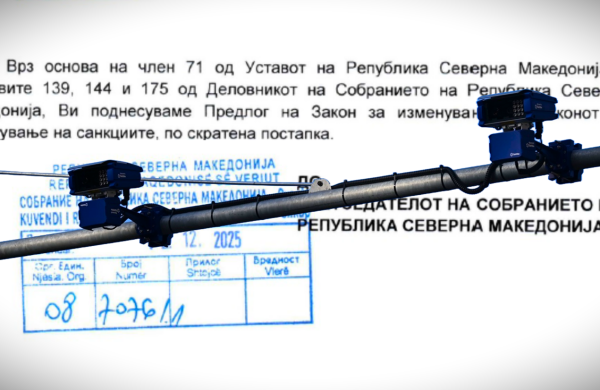The ranking of towns in Macedonia was developed on the basis of nine indicators measuring environment quality and its impact on human health, selected pursuant to the example set by similar research studies across the world and data availability in the country.
Relevant data for individual indicators are not available for all towns, but the methodology approach annulled the effect of inequitable data availability on the overall ranking. In order to ensure better insight in rankings of individual towns, as well as differences among them, their total number of points was indexed.

The research revealed that location of individual towns in particular region does not have significant influence in terms of environment parameters. Hence, it could be concluded that the quality of environment greatly depends on situations in individual towns as micro spaces.
1. Prilep

Prilep is among the handful of towns where analyses showed no microbiologically-contaminated meals at education institutions. / Photo credit: Wikimedia
The slightly forgotten Prilep is at the top of this rank list as the town with the best environment parameters in the country. It is ranked second according to the low average annual concentration of heavy metals in the air and according to the low share of irregular results from physical-chemical and bacteriological analyses of the quality of drinking water.
Prilep is among the handful of towns where analyses showed no microbiologically-contaminated meals at education institutions and ranks well in terms of the annual rates of preschool and primary school children suffering from non-specific respiratory disorders.
Two indicators under which Prilep has poor ranks include the population rate suffering from acute communicable and infectious diseases. All in all, it could be assessed that the environment in Prilep is of best quality when compared to other towns included in this analysis.
2. Krusevo

Krusevo has high or very good ranks under number of indicators used in this research. / Photo credit: Wikimedia
Although not among biggest towns in the country, Krusevo is included in almost all more significant official measurements used to determine environment quality and its impact on human health.
Krusevo has high or very good ranks under number of indicators used in this research. More specifically, it has – by far – the lowest annual average concentration of heavy metals in the air and the lowest annual rate of preschool children suffering from non-specific respiratory disorders. In addition, Krusevo has the second lowest scores in terms of the annual rate of primary school children suffering from non-specific respiratory disorders and the population rate suffering from acute communicable diseases.
Krusevo’s worst rank was observed in terms of the share of irregular results from physical-chemical and bacteriological analyses of the quality of drinking water, where it holds the penultimate position, immediately above Veles, on the account of which this town failed to emerge on the top of this list.
3. Kumanovo
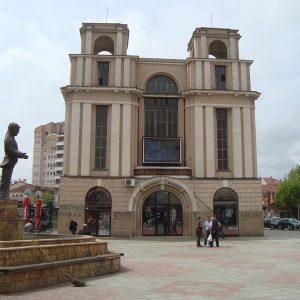
Kumanovo has the poorest rank under the indicator on the population rate suffering from acute communicable diseases. / Photo credit: Wikimedia
Immediately after Prilep and Krusevo, Kumanovo finds itself on the third position according to environment parameters. Here as well, analyses have not indicated presence of microbiologically-contaminated meals at education institutions, and this town has rather solid ranks according to the low score for irregular results from physical-chemical and bacteriological analyses of the quality of drinking water. In addition, Kumanovo ranks well according to the low annual rate of primary school children suffering from non-specific respiratory disorders.
The poorest individual rank for Kumanovo was observed in terms of the population rate suffering from acute communicable diseases, where this town holds the penultimate position. Single town with higher population rate suffering from such diseases is Skopje.
4. Ohrid
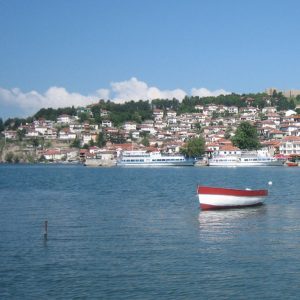
Ohrid has high rate of preschool children suffering from non-specific respiratory disorders. / Photo credit: Prince Roy / Flickr
This tourist town is included in the first group of towns according to environment parameters. More specifically, this town is among those where analyses have not indicated microbiologically-contaminated meals at education institutions, and it ranks well according to the low annual average concentration of heavy metals in the air. In addition, Ohrid has lower scores under the indicator on the population rate suffering from acute communicable and infectious diseases.
However, it has high rate of preschool children suffering from non-specific respiratory disorders. Ohrid is positioned in the middle of the rank list according to the number of irregular results from physical-chemical and bacteriological analyses of the quality of drinking water.
5. Strumica
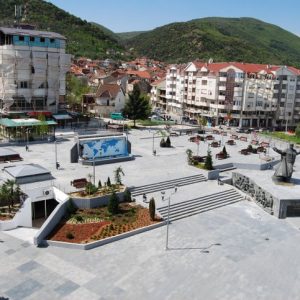
Strumica has the best environment parameters among towns in the East region. / Photo credits: Wikimedia
Strumica is the highest-ranked town from the East region in terms of environment parameters, although it should be noted that this research covered only three towns from this region. Among them, next best-ranked is Kocani on the sixth position, while Stip has the worst rank at the third position from the bottom.
Strumica as well has no results on microbiologically-contaminated meals at education institutions, and this town has solid rank according to the low incidence of infectious diseases per 100,000 citizens and according to the low annual rate of preschool children suffering from non-specific respiratory disorders.
On the other hand, Strumica’s worst-ranked indicator concerns the high annual average concentration of heavy metals in the air, i.e. it is ranked ninth among total of 14 towns included in this research.
Strumica completes the first group of towns with best scores for environment parameters.
6. Kocani

Kocani has excellent rank according to the annual population rate suffering from non-specific respiratory disorders. / Photo credit: Wikimedia
Next on the rank list is the second town from the East region – Kocani, which emerged as the leader of the group of towns with average scores under all indicators used to measure environment quality and its impact on human health.
In spite of good ranks under other indicators that would have placed it towards the top of this ranking (second or third), Kocani stands in the middle as the leader of the second half of the list. Main reason thereof is undeniably the highest annual average concentration of heavy metals in the air measured in 2014. Kocani is the only town in Macedonia whose annual average concentration of heavy metals in the air surpasses the allowed upper threshold.
On the contrary, this town ranks well according to the annual rates of population, preschool and primary school children suffering from non-specific respiratory disorders.
7. Struga

There are more limited data available for Struga, compared to other towns. / Photo credit: Wikimedia
In spite of its vicinity to Ohrid, Struga is ranked three positions lower according to environment parameters. More specifically, together with Strumica and Kocani, this town has the poorest rank in terms of the average annual concentration of heavy metals in the air notwithstanding the limited scope of data available, which placed it on the eleventh position under this indicator.
Struga has identical score with Ohrid in terms of irregular results from physical-chemical and bacteriological analyses of the quality of drinking water, as well as in terms of the population rate suffering from acute communicable diseases.
8. Kicevo
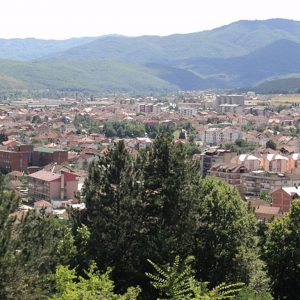
Kicevo has surpassed the 24-hour threshold value for PM10 particles over a period of more than seven months. / Photo credit: Wikimedia
The group of towns with above-average poor environment parameters is led by Kicevo, another town for which there is limited availability of relevant data. Nevertheless, based on data that are available, Kicevo has two top ranks: one according to the quality of drinking water and another according to the low population rate suffering from acute communicable diseases.
Contrary to that, Kicevo has above-average scores under three indicators, those being: the annual rates of preschool and primary school children suffering from non-specific respiratory disorders, and especially high score in terms of the number of days with surpassed 24-hour threshold value of PM10 particles. In particular, this town has surpassed the 24-hour threshold value of PM10 particles for total of 220 days, i.e. more than seven months. Tetovo is the only town with worse rank position than Kicevo under this indicator.
This town has middle rank under the indicator on the annual average concentration of heavy metals in the air.
9. Skopje

As surprising as it may sound, the capital is not the worst-ranked town according to environment quality parameters. / Photo credit: BIRN
Many might find it surprising, but the capital is not the worst-ranked town according to environment quality parameters, in spite of its position towards the bottom of this list. Skopje has above-average scores under as many as half indicators: annual average concentration of heavy metals in the air, population rate suffering from acute communicable diseases and annual rate of preschool children suffering from non-specific respiratory disorders.
On the other hand, good indicator scores in terms of the quality of drinking water and food safety at education institutions and in retail circulation have elevated Skopje from the bottom of this list.
Measurements in Skopje have shown that the 24-hour threshold value of PM10 particles was surpassed on 161 days, i.e. almost five and a half months.
10. Kavadarci
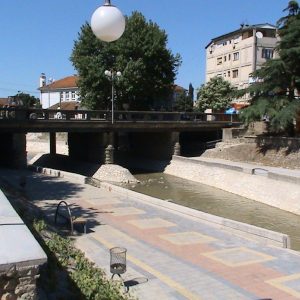
There are no available data about the annual average concentration of heavy metals in the air for Kavadarci. / Photo credit: Wikimedia
In the case of Kavadarci there are not much data available on environment measurements. However, based on available data, this town ranks well according to the number of days with surpassed 24-hour threshold value of PM10 particles.
It has around average score for the quality of drinking water, and high scores in terms of the annual rates of primary school and, in particular, preschool children suffering from non-specific respiratory disorders.
Nevertheless, there are no available data for Kavadarci under more significant indicators, such as the annual average concentration of heavy metals in the air.
11. Bitola

Bitola cannot take pride in the quality of drinking water. / Photo credit: Wikimedia
In spite of its vicinity to Prilep, ranked at the top, the neighbouring town Bitola is at the bottom according to environment parameters.
Bitola has especially poor scores under indicators related to population health, such as the annual rate of children suffering from non-specific respiratory disorders and the population rate suffering from acute communicable diseases.
Bitola cannot take pride in the quality of drinking water, and has average scores in terms of food safety at education institutions and in retail circulation.
Compared to other towns, Bitola’s better-ranking indicators include the number of days with surpassed 24-hour threshold value for PM10 particles, i.e. 136 days or four and a half months.
12. Stip
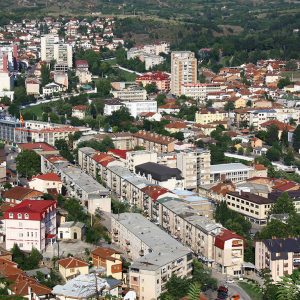
Stip has above-average scores under as many as five indicators. / Photo credit: Wikipedia
Stip leads the last group of towns with poorest ranks according to environment quality parameters and is definitely the worst ranked among towns in the East region.
Stip has above-average scores under as many as five indicators: average annual concentration of heavy metals in the air, share of microbiologically-contaminated meals at education institutions, infectious diseases and annual rates of non-specific respiratory disorders among children.
Single indicator that ranks Stip towards the leading positions on the list concerns the quality of drinking water, because it has zero irregular results from physical-chemical and bacteriological analyses.
14. Tetovo
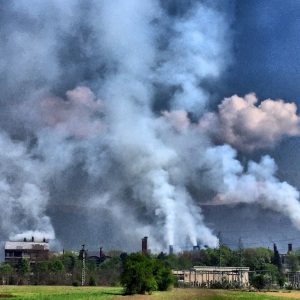
In Tetovo, the 24-hour threshold value of PM10 particles has been surpassed on 285 days, i.e. whole nine and a half months. / Photo credit: Eco Guerrilla
Under as many as five indicators reconsidered for this analysis Tetovo has record-breaking scores countrywide. They include days with surpassed 24-hour threshold value of PM10 particles, annual rates of non-specific respiratory disorders among school and preschool children, share of microbiologically-contaminated meals at education institutions, and share of microbiologically irregular tests for foodstuff.
In Tetovo, the 24-hour threshold value of PM10 particles has been surpassed on 285 days, i.e. whole nine and a half months.
On the contrary, Tetovo has low scores for infectious diseases (as incidence per 100,000 citizens), and average scores under other indicators.
15. Veles
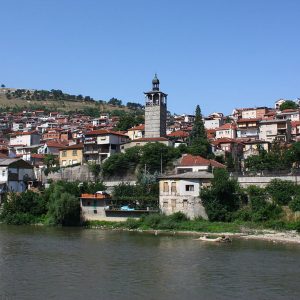
Veles has the record-breaking share of irregular results from physical-chemical and bacteriological analyses of the quality of drinking water. / Photo credit: Wikimedia
Veles holds the title “town with the least favourable environment quality parameters in the country”. More specifically, it has above-average scores under as many as five indicators and one record-breaking score in terms of the share of irregular results from physical-chemical and bacteriological analyses of the quality of drinking water.
Indicators with above-average scores include: average annual concentration of heavy metals in the air, infectious diseases, as well as annual rates of non-specific respiratory disorders among school and preschool children.
Indicators under which Veles has solid ranks include regular results on food safety at education institutions and in retail circulation.
In Veles, the 24-hour threshold value of PM10 has been surpassed on total of 148 days or almost five months.

